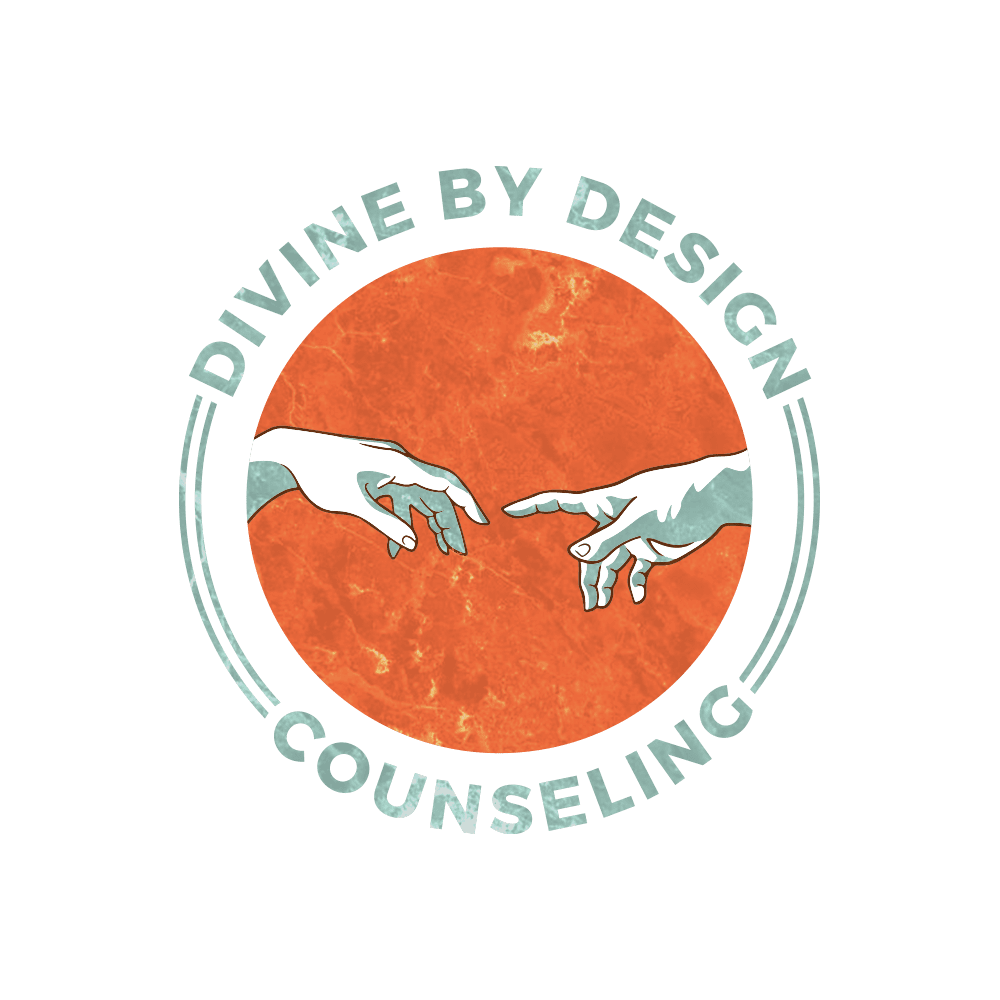Over the course of our series, 8 Dimensions of Wellness, we have looked at emotional, environmental, financial, intellectual, occupational and today we are adding another dimension: physical wellness. Physical wellness encourages a balance of physical activity, nutrition, and sleep, in order to keep our body (and minds) in optimal condition. In addition, we will look at how body connection and the importance of living present with your physical body combined with exercise, nutrition, and adequate sleep paves the way to living wholeheartedly.
Our Incredible Bodies
Our bodies are fearfully and wonderfully made. We live in bodies that are more complex and sophisticated than we can even imagine. Did you know that your nose can remember over 50,000 scents and over 45 miles of nerves in the body? Human sneezes at speeds of up to 100 miles per hour and over half of your bones are found in the hands and feet. We are connected mind-body-spirit. It’s important that you take care of your body as it is the only one that you will possess. Through scripture, we know that God values our bodies and describes it as a “temple…a living sanctuary.” Our physical body is intricately connected to our emotions evidenced by visceral responses when experiencing anxiety with symptoms of rapid breathing, chest tightness, or dizziness. Practicing a regular routine of exercise, good nutrition, and adequate sleep ensures that we are experiencing physical wellness and good quality of life.
Engaging in Physical Wellness
A regular routine of exercise has been proven to aid in physical wellness. It decreases stress, releases your happy hormones, and is good for your mental well being. It prolongs your life and aids in balance and coordination as you age. Regular aerobic exercise, the kind that gets your heart and your sweat glands pumping, appears to boost the size of the hippocampus, the brain area involved in verbal memory and learning. Practicing good nutrition with whole foods that enhance your well being is another building block in maintaining a good quality of life. Too much sugar, processed fried food ends up becoming a vice to self-medicate causing disconnection. You cannot underestimate the value of sleep. Sleep deprivation can have devastating effects on your health causing depression, weight gain, medical problems, and advanced aging of your skin. It adversely affects your judgment and you can often feel as though your emotions are out of control. Conversely, sleep provides several benefits. During sleep, the body releases growth hormones, which fix damaged tissues, including the skin. Sleep also reduces the body’s amount of stress hormones, adjusts the hormones that control appetite, and boosts the immune system. Given the fact that you only have one body and that it is your means to do and experience absolutely anything in the world, you want to make sure it functions as well as possible. All of these elements together create avenues to experience and enjoy good physical health and wellness.
However….
Body Connection
There is a missing element that hasn’t been discussed…body connection. I have worked with many clients who engage in regular exercise, enjoy a healthy diet and get 8 hours of sleep a night…but they still feel things are off, a sense of agitation, overwhelmed by their emotions or a sense of emptiness inside, feeling out of touch with others and experiences of uncertainty. When they describe these symptoms it begs the question, “How connected do you feel to your body?” Many look at me as a lightbulb goes on and their responses are the same. “I don’t.”
Our conversation then turns to the importance of living connected to their body, especially if they are wanting to engage in wholehearted living. For some, this is very difficult. Because of trauma or abuse, they have intentionally (either knowingly or unknowingly) disconnected from their bodies. They either feel at odds or completely disconnected. Living on autopilot has become a way of life. I’ve experienced what it is like to live disconnected from my body; some time ago when, due to burnout, my body shut down. I went through a season of high stress and lived in my head. I didn’t have time to do anything else…or I didn’t take the time to do anything else. As a result, I became numb to my physical body and quit paying attention to the messages it was giving me.
A lack of safety (interior or exterior) can also cause us to disconnect. The way we cope with a poor body image is to reject our body and live life going through the motions. When our body feels threatened we subconsciously disconnect because we are facing the pain that we don’t want to deal with. Bessel A. Van der Kolk describes “traumatized people chronically feel unsafe inside their bodies: The past is alive in the form of gnawing interior discomfort. Their bodies are constantly bombarded by visceral warning signs, and, in an attempt to control these processes, they often become experts at ignoring their gut feelings and in numbing awareness of what is played out inside.” The end result is that we reject ourselves and treat ourselves poorly often experiencing self-inflicted pain.
Learning to Connect
The good news is, we can learn to connect to our bodies. Awareness is powerful. As I was recovering from burnout I went to a seminar that talked about body connection. The first step was forgiveness. In one of the exercises, we were instructed to lay on our back on the floor, and after some deep breathing, talk kindly to our body. Later, women reported a realization that they were uncomfortable with their body.
Our next instruction was to ask our body for forgiveness. I apologized for the way that I had mistreated, ignored, and not cared for it. We ended the exercise thanking our body. I started at the top of my head and addressed each part. It was a very cathartic experience as I could feel myself engaging with each part. I ended at my feet. My body felt more alive and engaged than it had in a long time, experiencing glimpses of wholeness. My awareness and presence helped me to cultivate connection. Being aware means noticing and being curious about your experiences, without trying to change or resist them. Awareness allows you to pause and get present with your body and self in the moment.
Take a few minutes and become aware and notice, how connected do you feel to your body?
If you are struggling to connect, take time to engage in the practices from the list below. As with anything, this may feel uncomfortable or awkward but will prove to be effective over time. Your body is valuable.
Scripture tells us in Psalm 139:14-16 “Oh yes, you shaped me first inside, then out; you formed me in my mother’s womb. I thank you, High God – you’re breathtaking! Body and soul, I am marvelously made! I worship in adoration – what a creation! You know me inside and out, you know every bone in my body; You know exactly how I was made, bit by bit, how I was sculpted from nothing into something. Like an open book, you watched me grow from conception to birth; all the stages of my life were spread out before you, The days of my life all prepared before I’d even lived one day.”
For this reason, practice celebrating your physical body.
Practicing Body Connection
- Body Scan. Take a few minutes and breathe deep. Scan your body and check in with each part. How are you feeling?
- Gratitude. Thank your body for not what it looks like but for what it does for you.
- Attunement. Listen to what your body is telling you. Do not force it to go beyond what it is capable of at the present time.
- Touch. Tap different parts of your body – even the parts you are unhappy with (tummy, thighs) and express kind thoughts.
- Exercise. Practice connection with the parts of your body engaged in the exercise. Refrain from zoning out.
- Good Nutrition. Fuel your body with healthy food, sitting down when eating. Practice staying present. Avoid foods that medicate (sugar).
- Sleep. Practice good sleep hygiene paying attention to comfort, room temperature, and atmosphere.
Physical wellness is achieved when nutrition, sleep, and exercise as well as living connected to your body become a regular part of your daily routine. These practices along with all 8 Dimensions of Wellness will enhance your quality of life allowing you to live wholeheartedly. Start your journey today to connect.






0 Comments